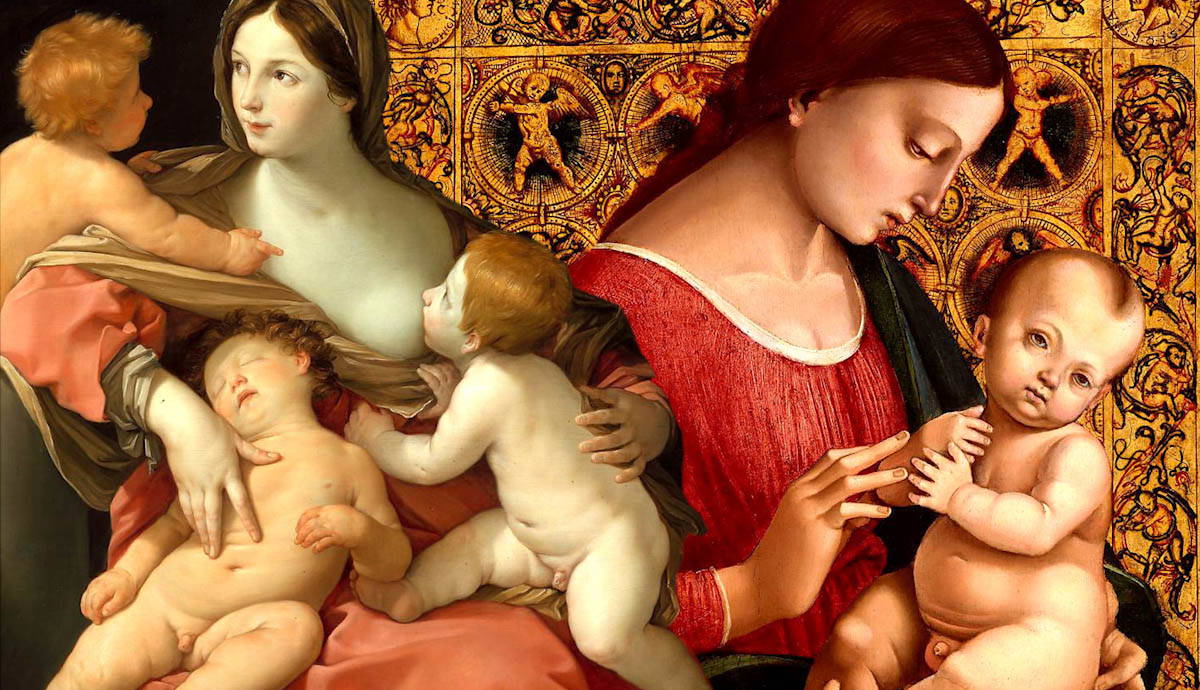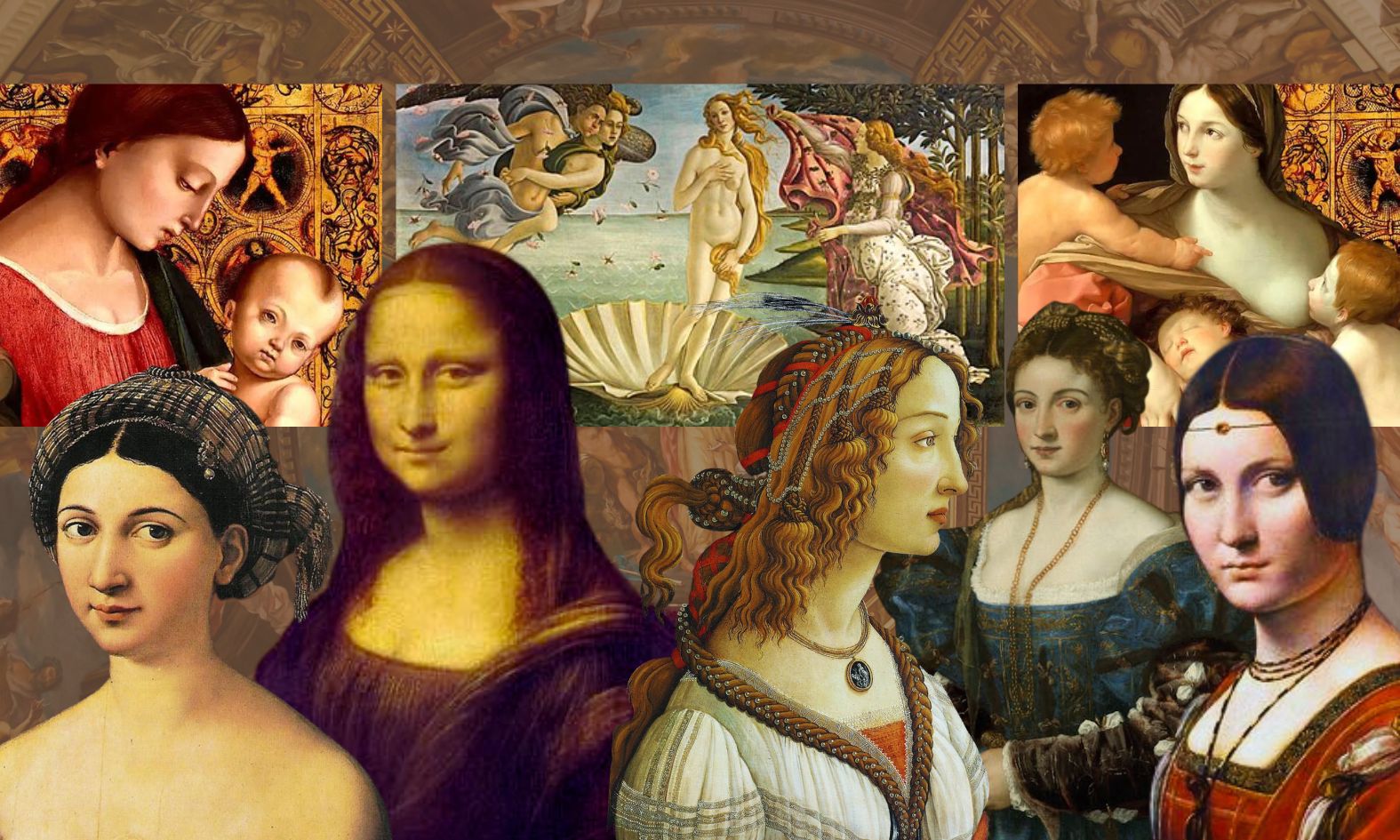So, I’ve been on this little personal kick lately, trying to learn more about the Italian Renaissance. You know, beyond the usual big names everyone throws around. And it hit me one day, like, where are all the women in these stories? Seriously.
I started poking around. Sure, you hear about a few noblewomen, patrons of the arts, maybe a queen or two. But what about the women who were actually doing things? Creating, writing, thinking? It felt like they were footnotes, if that. I’d pick up a book, and it'd be all Leonardo this, Michelangelo that. Which is great, those guys were geniuses, no doubt. But it just felt…incomplete.
It’s like, you get this picture of the Renaissance as this burst of creativity, but the picture felt lopsided. Were women just… not there? Or not allowed? It turns out, it’s a lot more complicated. They were there, alright. But finding their stories, man, that’s been a whole other adventure.

The Hunt for Hidden Figures
My first attempts were, honestly, a bit frustrating. I’d search online, look through indexes of art history books. You find bits and pieces. A painter here, a poet there. But it wasn't like there was a big, flashing sign saying "Awesome Renaissance Women This Way!"
A lot of their work, if it survived, was often credited to men, or just lost. Or, if they were writers, their topics were sometimes dismissed as "feminine" and not serious. Can you believe that? It’s like trying to put together a puzzle with half the pieces missing, and the other half are hidden under the sofa.
So, what I started doing was just making my own little notes. Every time I stumbled across a name, I’d jot it down. I’d try to find out more.
- Who was she?
- What did she do?
- Why haven’t I heard more about her?
It became this sort of personal detective work. Some evenings, I'd just be digging through digital archives, looking for translated letters or poems. It's slow going, not gonna lie.
I remember trying to find more about this one artist, Sofonisba Anguissola. I'd seen a portrait she did, and it was incredible. But tracking down consistent info, beyond the basic facts, took some real effort. You have to sift through a lot of old-school art criticism that sometimes, well, let's just say it wasn't always kind or fair to female artists.

Why am I telling you all this? Well, this whole thing actually started because I was thinking of doing a small presentation for my local history group. Just a casual thing. And I thought, "Hey, I'll talk about Renaissance women!" Easy, right? Famous last words. I quickly realized if I wanted to say anything meaningful, I’d have to do the legwork myself. There wasn't a neat little package of information I could just grab.
It was a bit like that time I tried to bake a sourdough bread from scratch during lockdown. Everyone online made it look so easy. "Just feed your starter!" they said. Mine looked more like a science experiment gone wrong for weeks. This Renaissance women project felt similar – lots of trial and error, lots of "back to the drawing board" moments.
But the more I dug, the more fascinating it became. These weren't just passive figures. You find women who were poets, painters, composers, even scholars and rulers in their own right, navigating a world that wasn't exactly designed to help them shine. Their resilience is just incredible.
So yeah, that’s been my little project. It’s still ongoing. Every now and then I uncover another story, another name, and it’s like finding a little piece of treasure. It makes you realize the Renaissance was even richer and more complex than we usually think. It’s not just about the big, famous dudes. There's a whole other side to it, and it’s worth looking for.












